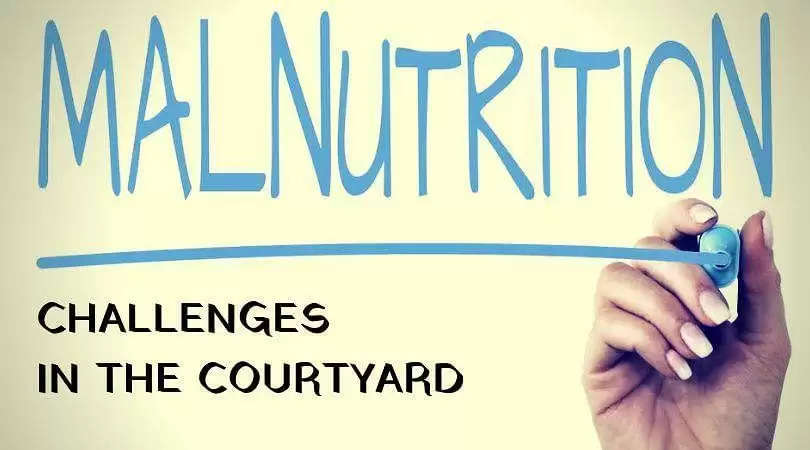BLOGS | Malnutrition in Meghalaya: Challenges in the Courtyard

TNT | FEATURES | Nov 30, 2018:
By Dakahiwot Amdep Lamin and Millan Silva Kassar
Our proud country may have crossed many a milestone and achieved many a feat but there are some problems that India still needs to overcome, one of them being — health related issues like Malnutrition.
India is suffering from malnutrition till today. Malnutrition is still a concern which hampered the overall development of children, adolescents and women.
According to the National Family Health Survey-4 (2015-2016) children under 5 years are severely wasted (6.5%), children under 5 years are underweight (29.0%); children age 6- 59 months are anaemic (48.0%) and pregnant women age 15-49 years who are anaemic is 53.1%.
Coming closer to our state, Meghalaya is no different from the other states of the country when it comes to malnutrition. The state still records high prevalence of cases of malnutrition.
To tackle this problem, the Government of India had come up with unique community based outreach programmes for early childhood care and for promotion of maternal development.
One of such programmes is the Anganwadi under the Integrated Child Development Services scheme (ICDS) which is government initiative that was launched in 1975.
The name Anganwadi is derived from the Indian word 'Angan' also considered as the 'heart of the house'. Anganwadi centre is the delivery point of the Integrated Child Development Services scheme (ICDS).
It is under the Ministry of Women and Child Development and it represents one of the world's largest and unique community based outreach programmes.
About ICDS
ICDS provides a package of services to ensure holistic development, which provide supplementary nutrition, pre-school non-formal education, nutrition & health education, immunization, health check-up and referral services to young children as well as to the mothers.
The scheme is very helpful for the development of children in the age group of 0-6 years, pregnant women and lactating mothers as well as adolescent girls who availed the services provided at Anganwadi centres.
Anganwadi workers
The workers who deliver these services are called as Anganwadi workers (AWWs) and Anganwadi helpers (AWHs). Both workers and helpers are the important functionary of the ICDS scheme for promoting child growth and development.
Apart from many services they have provided, supplementary nutrition is also the focus for ensuring adequate physical, psychological and social development of children, adolescents and women.
Anganwadi workers and helpers are pivotal for tackling the problem of health –related issues and malnutrition, therefore immunizations, health checkups and providing supplementary foods both in the form of cooked food and Take Home Ration are immensely important for overall growth and development of children and women.
Challenges faced by Anganwadi workers
However, the reality is that workers of different Anganwadi centres are facing challenges. Substantial data shows that the challenges faced by Anganwadi workers and Helpers are inadequate honorarium, dealing with the people in the community, inadequate infrastructure, workload such as daily home visits, maintain register, survey, maintaining records for every activities and programmes, lack of space for pre-school and providing of services in the centres, irregular supply of supplementary nutrition, lack of proper place to cook, lack of proper storage for raw materials, lack of community participation in health checkup and immunization, lack of community support, which accounts to low performance of the Anganwadi workers and Helpers.
A recent study conducted among Anganwadi centres consisting of Anganwadi workers and helpers in Mylliem block, East Khasi Hills District revealed that there are similarities in the challenges faced by the Anganwadi workers and Helpers in the district with those all around India.
Therefore, there is a need to address for the better functioning of the centres. As suggested by the workers of Anganwadi centres, training for the Helpers should also be organized and should not be restricted to only AWWs.
Through such training, Anganwadi Helpers will be equipped with the required and relevant knowledge and skill enabling them to deliver the services in a better manner.
There were also suggestions on increasing the honorarium and promoting participation from the community so that the work will be more effective and challenges in the courtyard will be minimized and addressed in a meaningful way.
(Ms Dakahiwot Amdep Lamin and Ms Millan Silva Kassar are under graduate students from the department of Social Work, Martin Luther Christian University (MLCU))

















